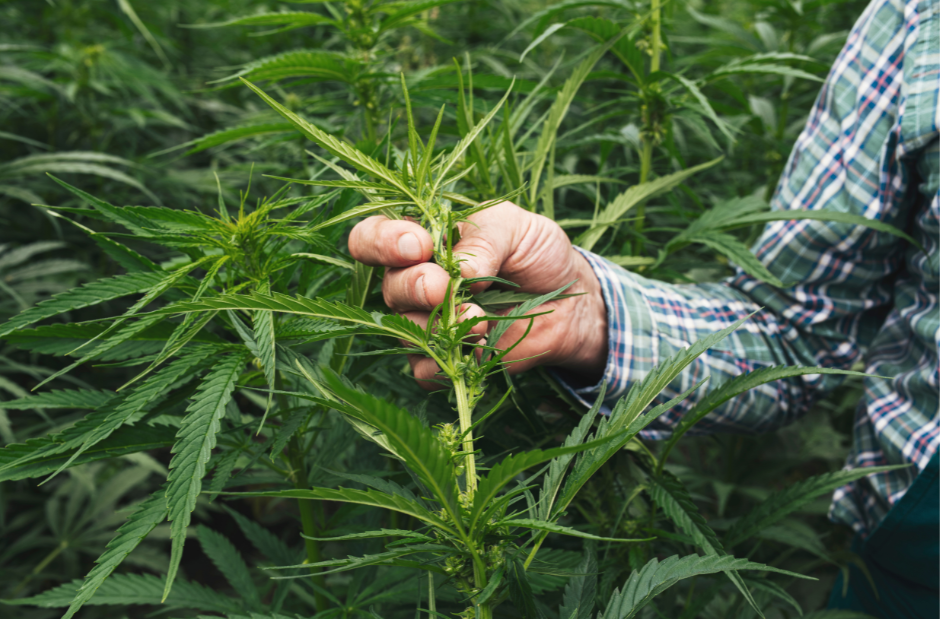Over the past decade, climate change and sustainable farming have sparked widespread discussions. While some people are focused on developing renewable energy sources, others prioritize water conservation. In reality, there are countless ways we can help create a healthier planet for future generations, and hemp is a promising part of this effort.
Hemp stands out as an incredibly versatile plant with numerous benefits. Its surge in biomass production has fueled cannabinoid research in medicine. Hemp seeds offer a valuable source of protein and fiber for both people and animals. Traditional paper products are now being made with hemp fiber, which can even be used to build houses.
With such diverse uses, how exactly can hemp contribute to more sustainable farming and enhance soil quality?
In the 1930s, the United States faced a period now remembered as the Dust Bowl. Due to a combination of severe drought and unsustainable farming practices, the nation’s farmlands suffered massive soil erosion. The Library of Congress explains, “Farmers plowed the prairie grasses and planted dry land wheat. As the demand for wheat increased, cattle grazing declined, and millions more acres were cultivated.”
This large-scale removal of natural grasses left the soil defenseless against the elements, particularly the strong winds common in states like Kansas and Oklahoma. The resulting environmental disaster became a pivotal event, immortalized in American art and literature.
When native vegetation is removed, the soil becomes highly susceptible to erosion. However, with sustainable farming techniques and the presence of native plants—or crops with deep root systems, like hemp—the soil can be better anchored, offering crucial protection against erosion.

How Hemp Can Repair Soil
Hemp isn’t just useful for keeping soil in place—it can also help restore damaged land. The plant absorbs heavy metals, pesticides, and other pollutants from the soil, storing these contaminants in its fibers until harvest.
A 2020 study published in GCB Bioenergy highlighted hemp’s ability to absorb heavy metals and radionuclides, with the contaminants distributed throughout the plant at varying concentrations.
Current Research
Recent studies have focused on hemp’s role in soil remediation, with promising results. For instance, a 2022 study from the USDA-ARS Western Regional Research Center in California demonstrated that industrial hemp could effectively extract heavy metals from contaminated soil. The study noted, “Hemp has deep roots and is tolerant to the accumulation of various metals. Additionally, the plant biomass offers numerous commercial uses after harvesting.”
Over the past decade, research into hemp’s soil repair capabilities has gained momentum, driven by its widespread legalization, which has made hemp biomass more accessible. The increased availability of seeds and young plants has opened up new avenues for exploration.
The Bottom Line
Hemp is proving to be a versatile tool in environmental restoration. Its ability to absorb contaminants and prevent soil erosion positions it as a powerful ally in soil repair. However, the next challenge lies in determining what to do with the hemp once it’s harvested. With multiple potential uses on the table, finding the most effective path forward will be key. One thing is clear: the story of hemp’s role in environmental recovery is just beginning.
